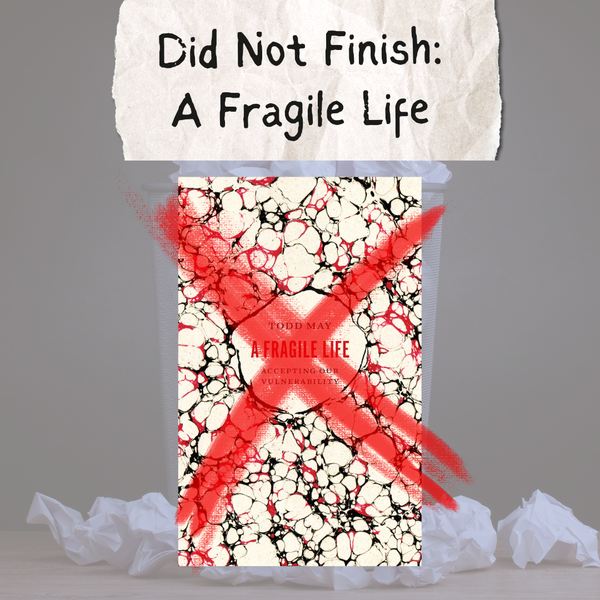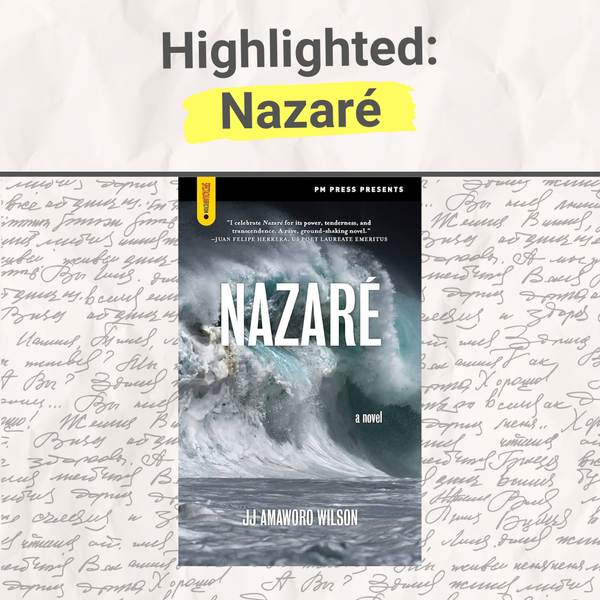DNF: Is the Cemetery Dead?
No, but my interest in this book is! Zing!

Hi! I'm Matt Wolfbridge and this is Abridged Thoughts, a newsletter about books, literature, writing, the internet, and typewriters. "DNF" (short for "Did Not Finish") is a series here on Abridged Thoughts where I discuss a book I recently stopped reading before completion.
Hello again, readers!
It's time for another round of DNF. Today we'll be discussing Is the Cemetery Dead? by David Charles Sloane.
The Book
David Charles Sloane wrote Is the Cemetery Dead? to explore the titular question. More specifically, Sloane wanted to explore whether the "age-old institution" of the cemetery "could adapt, once again, to society's changing attitudes" around death. Sloane–as a fifth generation cemetery superintendent—has an intellectual, emotional, and I suppose financial, stake in the cemetery's fate.
I chose this book because, as I mentioned in my last DNF, someone quite dear to me is studying mortuary science. What happens to our bodies after we die has therefor been on my mind a lot in the last year.
Apparently, other Americans have had similar thoughts. Burial at a cemetery isn't a given anymore, as Is the Cemetery Dead? notes. Sloane cites a 2014 study from the National Funeral Directors Association that found 48% of the dead were cremated compared to 46% that were buried. The same study suggests the 70% of decedents could be cremated by 2030. Sloane notes the escalating popularity of cremation compared to past eras, pointing out that in 1960 "fewer than 5% of dead Americans were cremated."
Where Did I Stop?
Page 72/276, after completing the second chapter.
Why Did I Stop?
During my MFA program, I had a discussion with a professor about plot. He said plot wasn't paramount to a story, but it wasn't unimportant either. Plot, according to my professor, was just one of many tools a writer can use to hook the reader and pull them through a story.
It's difficult to apply fiction craft advice to a nonfiction book. Yet that's the conversation I kept thinking about when trying to articulate why I stopped reading this book. There was nothing in it that hooked me and pulled me along. To a large degree, what fuels a reader of non-fiction is curiosity for the subject matter. Is the Cemetery Dead? only partially satiated that curiosity.
For me, the problem was somewhat contradictory: Sloane simultaneously delivered too much information but not enough.
The book's first 72 pages summarized the history of the cemetery and discussed societal shifts in burial rituals and their origins. At the same time, these pages also felt rushed. Sloane sprinted through mortuary history, discussing cemetery planning of the 1890s before jumping to the more modern cemeteries of the 1950s and finally modern "green" cemeteries mere pages later.
Sloane didn't go into too much depth, but at least painted a clear picture of the broader trends (though glossed over the reasons for said trends).
By the time I read the first 72 pages, I felt enough of my curiosity around the broader questions had been satiated. When I flipped through the rest of the book, the chapters seemed somewhat disorganized in their structure and unlikely to answer any further questions I had. So I stopped reading.
What's Next?
Continuing with the streak of morbid books, I'll be reading A Haunting on the Hill by Elizabeth Hand.




